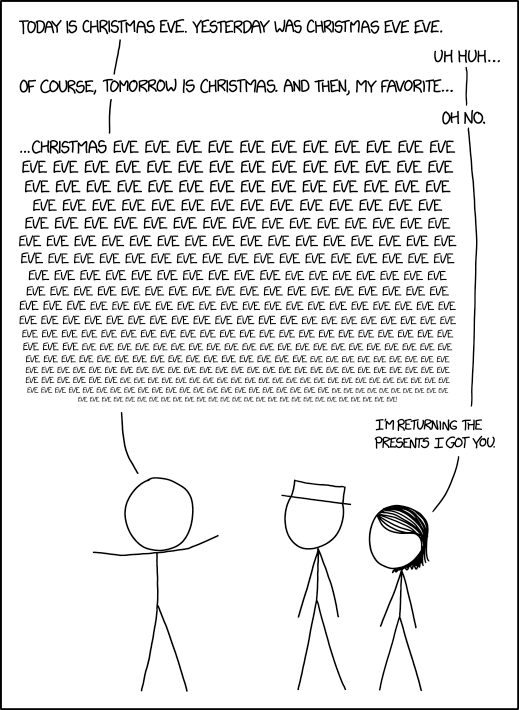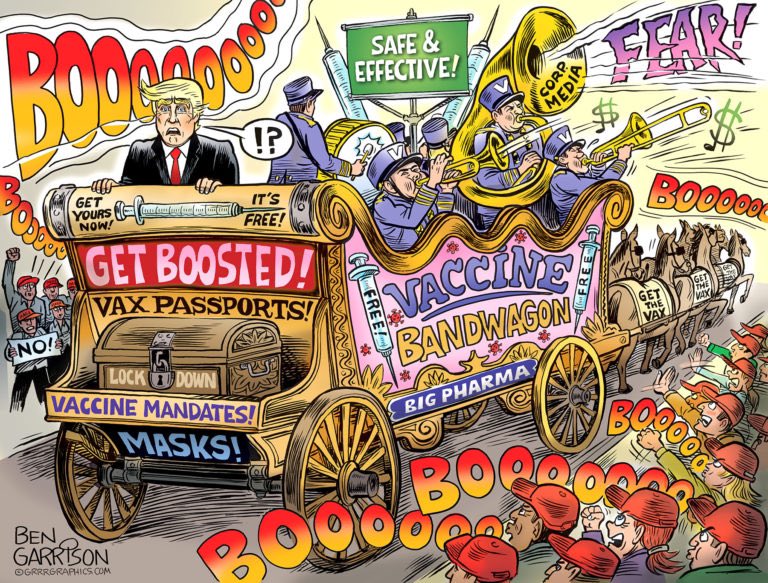This is Joseph.
I have, for a while, held the opinion that the US supreme court is almost certain to be packed. One thing that needs to be clear is that the US supreme court is, at least partially, a legislative arm of the government. After all, no law can stand in the United States unless it can pass judicial review. Like a lot of things, judicial review sounds simple until you put it into practice.
Just look at how complicated the history and interpretation of the second amendment is. Now imagine trying to apply this to individual cases. This is ok if there is a lot of judicial restraint but activist judges can quickly make things very complicated.
Now look at recent cases like SB8 which seem to be tilted towards allowing certain, less favored, constitutional rights to be suppressed. Or the affordable care act and Medicaid expansion, which is nearly a decade old and still seems questionable. Even Bush versus Gore pushed important boundaries.
Now some of this is older law. What has changed? I argue the following
- Merrick Garland showed that the senate majority would keep a seat open for a year for a more favorable president (and if they will do it for a year then why not three? If your answer is shame look at point two)
- We also saw the senate speed a candidate through in the last two months of a congressional term a candidate on a 100% party line vote.
- We also saw a strategic retirement to bolster the youth of the Republican justices, meaning a one-term president appointed one third of the court, people like to serve for decades.
- With a narrow senate majority and a democratic president, the 83 year old senior liberal has ruled out senior status.
- With the 6-3 court, we now have a part of the court (5 members) who appear to be abandoning a slow and cautious implementation of the conservative agenda and instead are becoming firebrands.
Point 5 is probably the most controversial but see what the Republican appointed Chief Justice has to say about Whole Women's Health versus Jackson:
The clear purpose and actual effect of S. B. 8 has been to nullify this Court’s rulings. It is, however, a basic principle that the Constitution is the “fundamental and paramount law of the nation,” and “[i]t is emphatically the province and duty of the judicial department to say what the law is.” Marbury v. Madison, 1 Cranch 137, 177 (1803). Indeed, “[i]f the legislatures of the several states may, at will, annul the judgments of the courts of the United States, and destroy the rights acquired under those judgments, the constitution itself becomes a solemn mockery.” United States v. Peters, 5 Cranch 115, 136 (1809). The nature of the federal right infringed does not matter; it is the role of the Supreme Court in our constitutional system that is at stake.
To be clear, this is a George W Bush appointed conservative justice who is fine with the destruction of many cherished rights or programs of Americans on matters like healthcare and voting.
Furthermore, the arguments against packing are so weak that they are embarrassing. Consider this one:
Term limits, by providing each president with two Supreme Court appointments in every four-year presidential term, would risk enmeshing the appointments in the presidential election cycle, further politicizing the appointment process.
It seems possible, even likely, that presidential candidates would announce their Supreme Court choices as part of the campaign, turning potential nominations into political fodder.
Like does nobody remember these news stories?
It is the way that these all tangle together that make me think that packing is now inevitable (just like ending the filibuster on SCOTUS nominations became inevitable when the stakes got too high). Holding seats open means that you'll get campaigning on court nominations. Loud decisions that make a big push, SCOTUS already defending themselves because they look political, and extremely long appointments mean that this will become a crisis, sooner or later. Packing is a sacred tradition in the US -- just ask why there is a North and South Dakota.
Now could it all work out? Well, what stopped the last few crisis points. Well, Andrew Jackson decided to just ignore the supreme court, which seems like an unlikely strategy in the modern legal environment. Going into the civil war, SCOTUS was adamantly opposed to Lincoln but he ended up defusing the crisis by appointing FIVE justices (including an expansion of the court from none to ten justices -- later revised by Andrew Johnson to 7 and US Grant to 9). The court survived these court size changing schemes quite handily. The last major crisis point was FDR, where a single switched vote could matter. But that was a 5-4 court and we might already be seeing that switch with Chief Justice Roberts.
This history is also why I am so annoyed about Breyer's retirement. If the court drifts 7-2, then it gets harder to imagine moderation on some of the more forceful decisions. CJ Roberts is hardly a friend of the left (bitter enemy is more correct) but he at least is willing to be incrementalistic and defuse confrontation with the other branches. But passing over a clean chance for a successor is mad. He is 83 and the oldest member of the court by a decade (Trump's 3 nominees are 49, 53, and 48 -- likely to be with us for 3 decades with these retirement ages). There are currently 3 retired SC judges (retired at 69, 75, and 82) -- all 3 appointed by republicans and all three strategic. The last three judges to die in office were: Ruth Bader Ginsberg (87), Antonin Scalia (79), and William Rehnquist (80). This is not an early retirement that is being suggested.
Now consider this comment from him:
Justice Breyer made the point more broadly in his new book. “My experience from more than 30 years as a judge has shown me that anyone taking the judicial oath takes it very much to heart,” he wrote. “A judge’s loyalty is to the rule of law, not the political party that helped to secure his or her appointment.”
And now I return to where this all began. Interpreting the law is hard and words are inherently ambiguous. It is quite compatible for a person to both believe they serve the law first and to have a view of the law that is favorable to a particular political movement. Sooner or later this will be an issue and I suspect we'll follow the footsteps of Lincoln and Grant.









.jpg)




.jpg)
.jpg)
.jpg)
.jpg)
.jpg)
.jpg)


















